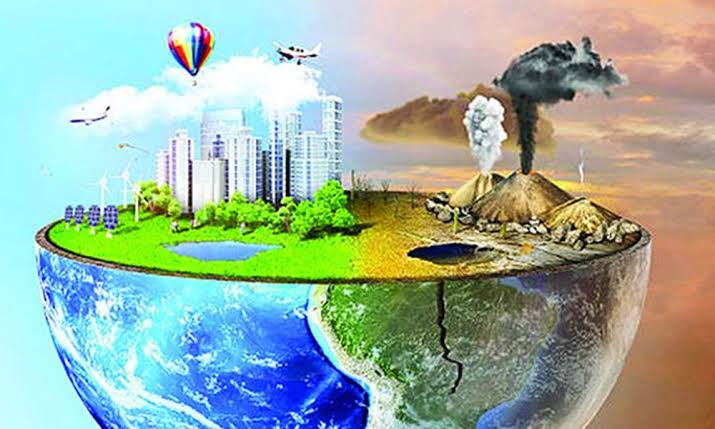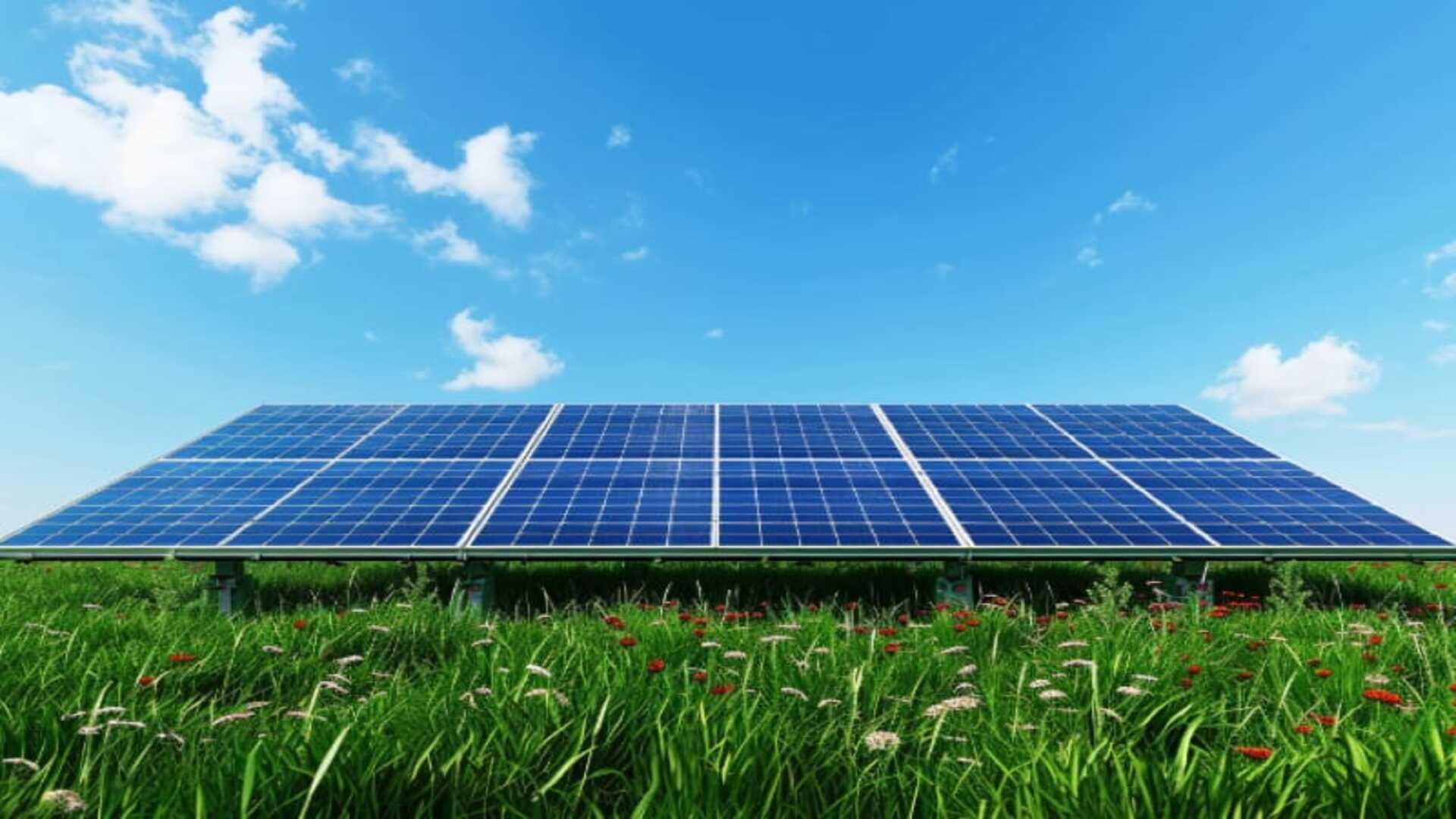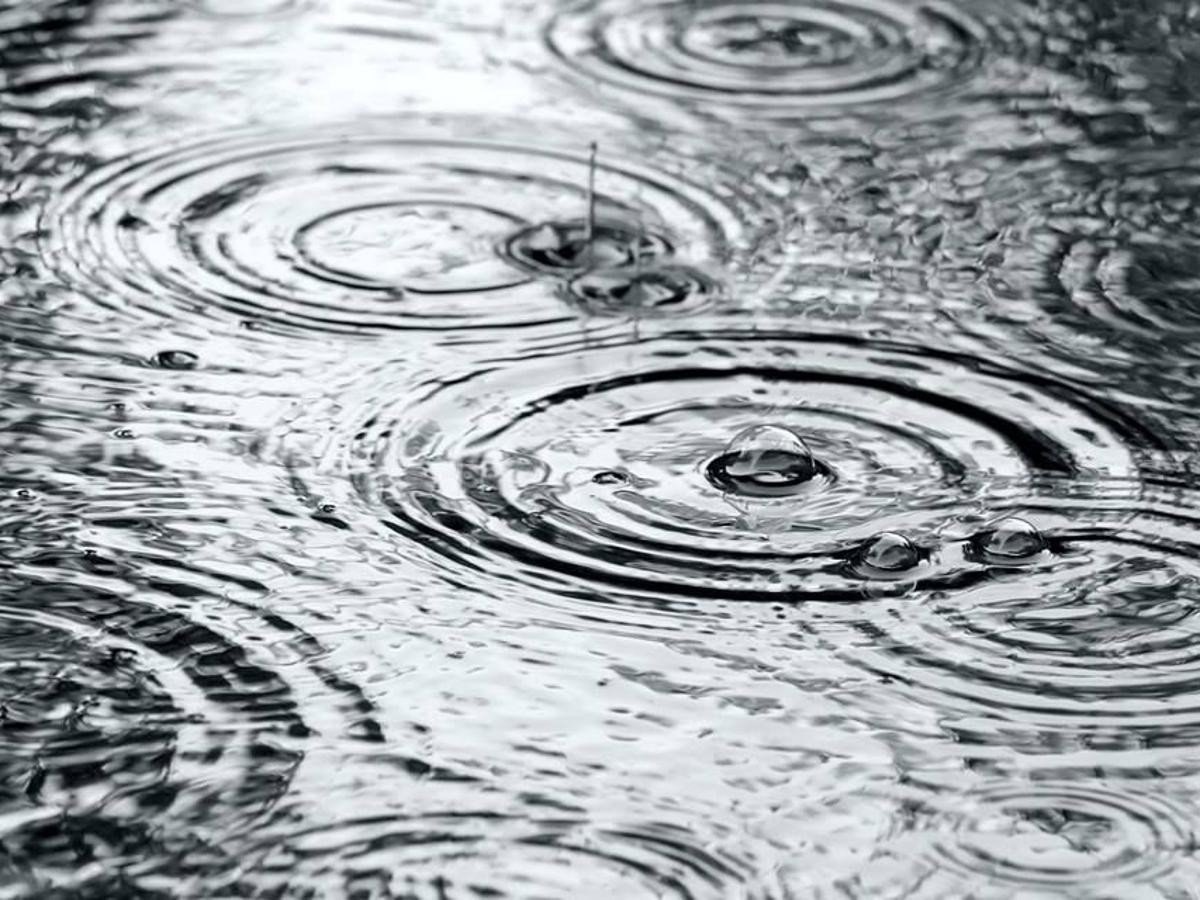
The European Union (EU) has been at the forefront of global climate action, consistently taking measures to combat climate change and its associated impacts. In response to the growing urgency of the climate crisis, the EU introduced the European Green Deal, an ambitious roadmap that aims to make Europe the first climate-neutral continent by 2050. With this plan, the EU envisions a radical transformation of its economy, infrastructure, and society to significantly reduce greenhouse gas emissions, protect biodiversity, and foster sustainable growth.
As the EU moves forward with the Green Deal, it faces a wide range of challenges, from political opposition and economic concerns to technological hurdles and international diplomacy. At the same time, there are immense opportunities, including the creation of new green industries, technological advancements, and the potential to lead the global fight against climate change.
This report provides a detailed examination of the European Green Deal, its current progress, the policy initiatives under it, and the future plans to ensure the EU meets its climate goals. We will explore the challenges and opportunities faced by the EU in implementing this bold agenda, as well as its potential impact on the global stage.
The European Green Deal, introduced by the European Commission in December 2019, is a comprehensive strategy aimed at transforming the EU’s economy to achieve climate neutrality by 2050. The Green Deal encompasses a wide array of policy initiatives across sectors such as energy, transportation, agriculture, and industry. Its overarching objective is to reduce net greenhouse gas emissions by at least 55% by 2030 compared to 1990 levels, with the ultimate goal of achieving a net-zero emissions economy by the middle of the century.
The European Green Deal is not only about cutting emissions but also about promoting economic growth, improving human health, and ensuring social equity. The plan places a strong emphasis on a “just transition,” recognizing that the shift to a green economy must be fair and inclusive, providing support to regions and workers who are most affected by the changes.
Key objectives of the European Green Deal include:
Achieving climate neutrality by 2050.
Reducing net greenhouse gas emissions by at least 55% by 2030.
Decarbonizing the energy sector, including a strong focus on renewable energy.
Promoting sustainable agriculture and protecting biodiversity.
Transitioning to a circular economy to reduce waste and increase resource efficiency.
Mobilizing public and private investment for green initiatives.
Ensuring that the transition is socially inclusive and leaves no region or community behind.
The Green Deal is supported by the European Climate Law, which legally binds the EU to meet its climate targets. This ambitious policy framework reflects the EU’s commitment to playing a leading role in global climate action.
The European Green Deal is built on several key pillars that target specific sectors of the economy. These pillars are designed to drive the EU’s transition to a sustainable and resilient future:
1. Clean Energy: One of the central aspects of the Green Deal is the decarbonization of the energy sector. The EU aims to increase its share of renewable energy, promote energy efficiency, and phase out coal and other fossil fuels. Key initiatives include the expansion of offshore wind capacity, the promotion of hydrogen as a clean energy source, and the modernization of the energy grid to support the integration of renewable energy.
The EU’s Renewable Energy Directive sets binding targets for member states, requiring them to increase the use of renewable energy sources in electricity, heating, cooling, and transportation. The goal is for the EU to generate 40% of its energy from renewable sources by 2030, up from 32% under the previous target.
2. Sustainable Industry: The Green Deal seeks to transform Europe’s industrial sector by promoting cleaner production methods and reducing emissions from heavy industries such as steel, cement, and chemicals. The EU’s Circular Economy Action Plan, which is part of the Green Deal, aims to make industries more sustainable by encouraging the use of recycled materials, improving product design, and reducing waste.
A key focus is on the development of “green technologies” such as carbon capture and storage (CCS), hydrogen production, and electrification of industrial processes. The EU also plans to implement stricter regulations on carbon emissions from industries and introduce a Carbon Border Adjustment Mechanism (CBAM), which would impose a carbon tax on imports from countries with less stringent climate policies.
3. Sustainable Mobility: The transport sector is a significant contributor to the EU’s greenhouse gas emissions, accounting for nearly 25% of total emissions. As part of the Green Deal, the EU has set ambitious goals to reduce emissions from transport by 90% by 2050. This will involve a massive shift toward sustainable modes of transportation, including electric vehicles (EVs), public transport, cycling, and walking.
The EU’s Sustainable and Smart Mobility Strategy outlines measures to promote electric mobility, including the expansion of charging infrastructure, incentives for EV purchases, and stricter emissions standards for vehicles. The EU also aims to shift freight transport from road to rail and waterways, which are more environmentally friendly options.
4. Biodiversity and Agriculture: The Green Deal recognizes the critical role of biodiversity in maintaining healthy ecosystems and combating climate change. The EU’s Biodiversity Strategy for 2030 sets targets for protecting 30% of Europe’s land and sea areas, restoring degraded ecosystems, and halting biodiversity loss. It also includes measures to promote sustainable forestry and fisheries.
The Farm to Fork Strategy, another key component of the Green Deal, aims to make the EU’s food system more sustainable by reducing the environmental impact of agriculture, promoting organic farming, and reducing the use of pesticides and fertilizers. The strategy also seeks to improve animal welfare and promote healthier diets for EU citizens.
5. Climate Action and Finance: Achieving the Green Deal’s ambitious targets will require significant financial investments, both from the public and private sectors. The European Commission has proposed a Sustainable Europe Investment Plan, also known as the Green Deal Investment Plan, which aims to mobilize at least €1 trillion in investments over the next decade.
The Just Transition Mechanism is a crucial part of the Green Deal, designed to provide financial support to regions and industries that are most affected by the transition to a green economy, such as coal-dependent regions. The mechanism includes a dedicated Just Transition Fund, which will help finance reskilling programs, support for SMEs, and investments in clean energy projects.
Legislative Achievements
Since the announcement of the Green Deal, the EU has made significant progress in translating its climate ambitions into concrete legislation. Several key pieces of legislation have been adopted or proposed, including the European Climate Law, which was adopted in 2021. The law enshrines the 2050 climate neutrality target in EU legislation and introduces a legally binding obligation for member states to achieve net-zero emissions.
In addition to the Climate Law, the EU has adopted the Fit for 55 package, a comprehensive set of policy proposals aimed at achieving the 2030 emissions reduction target of 55%. The package includes proposals to revise the EU Emissions Trading System (ETS), strengthen carbon pricing, introduce new standards for renewable energy and energy efficiency, and phase out the sale of new internal combustion engine vehicles by 2035.
The European Commission has also made progress on the implementation of the Circular Economy Action Plan, with new proposals for recycling, waste management, and product design standards. These initiatives aim to reduce the environmental footprint of industries, increase resource efficiency, and promote a more sustainable economy.
The EU has also made significant strides in mobilizing green investments. The European Investment Bank (EIB), which has been rebranded as the EU’s “climate bank,” has committed to phasing out financing for fossil fuel projects and increasing funding for renewable energy and energy efficiency projects. The EIB has pledged to align all of its operations with the goals of the Paris Agreement by 2021 and to support the Green Deal with investments in clean technologies, sustainable transport, and energy-efficient buildings.
The EU has also launched the NextGenerationEU recovery plan, which includes a strong emphasis on green investments. The recovery plan, which is designed to help member states recover from the economic impacts of the COVID-19 pandemic, allocates at least 37% of its €750 billion budget to green projects, including renewable energy, energy efficiency, and sustainable transport.
The success of the Green Deal depends on collaboration between the public and private sectors. The EU has worked to engage businesses, industries, and financial institutions in the green transition. The European Green Deal encourages businesses to adopt sustainable practices, reduce their carbon footprint, and invest in clean technologies. Several large European companies, including those in the automotive, energy, and manufacturing sectors, have already announced ambitious plans to achieve carbon neutrality in the coming decades.
In addition, the EU has been working to promote sustainable finance through initiatives such as the EU Taxonomy for Sustainable Activities, which provides a framework for identifying environmentally sustainable investments. This classification system aims to guide investors, financial institutions, and companies in making informed decisions about green investments, ensuring that funds are directed toward projects that genuinely contribute to environmental goals.
Despite the progress made so far, the EU’s Green Deal faces several significant challenges that could hinder its implementation:
1. Political Opposition: The Green Deal has faced political opposition from various member states and industries that are concerned about the economic costs of transitioning to a green economy. Coal-dependent regions in Eastern Europe, such as Poland, have expressed concerns about the impact of phasing out fossil fuels on jobs and economic growth. While the Just Transition Mechanism has been established to alleviate these concerns, some member states remain skeptical about the speed and scale of the transition. Additionally, political opposition from populist and nationalist parties, which often challenge environmental regulations as overly burdensome or damaging to economic growth, could pose obstacles to the Green Deal’s implementation.
2. Economic and Financial Barriers: Achieving the ambitious targets set by the Green Deal will require substantial financial investments. While the EU has allocated significant funds through mechanisms like the Green Deal Investment Plan and the Just Transition Fund, the total cost of achieving climate neutrality is estimated to run into the trillions of euros. Securing the necessary private sector investment is critical, but economic uncertainty, especially following the COVID-19 pandemic and other global economic challenges, may hinder long-term commitments from businesses and investors.
Moreover, industries heavily reliant on fossil fuels, such as energy, steel, and automotive, will face higher compliance costs as they transition to greener practices. This could lead to economic disruptions, job losses, and regional inequality if not managed properly. Finding the balance between environmental ambitions and economic feasibility will be crucial for the success of the Green Deal.
3. Technological Challenges: The Green Deal relies on the development and deployment of cutting-edge technologies to decarbonize industries and sectors like energy, transport, and manufacturing. While technologies like renewable energy, electric vehicles, and carbon capture and storage are advancing, they are not yet universally accessible or affordable. Widespread adoption of new technologies will require large-scale investment in research and development, infrastructure upgrades, and consumer incentives.
In addition, the EU will need to ensure that green technologies are not only available but are also integrated across all member states, regardless of their economic development levels. Less developed regions may struggle to keep pace with technological advancements, leading to disparities in the ability to meet climate goals.
4. Social Equity and the Just Transition: One of the cornerstones of the Green Deal is the principle of a “just transition,” which aims to ensure that the shift to a climate-neutral economy is fair and inclusive. The social dimension of the Green Deal is particularly important for workers and communities that are reliant on fossil fuel industries. While the Just Transition Mechanism is designed to provide financial support and reskilling programs, the transition may still lead to job losses and economic disruption in certain regions, especially those dependent on coal, oil, and gas industries.
Furthermore, the costs associated with the transition to a green economy, such as higher energy prices or carbon taxes, could disproportionately affect lower-income households. Ensuring that vulnerable populations are protected and supported through social safety nets, affordable energy solutions, and targeted policies will be key to maintaining public support for the Green Deal.
5. International Cooperation and Competition: Climate change is a global challenge that requires coordinated international efforts. While the EU is a leader in climate action, it faces the challenge of ensuring that other major emitters, such as China, the United States, and India, also take significant steps to reduce their emissions. The EU’s introduction of a Carbon Border Adjustment Mechanism (CBAM), which imposes tariffs on imports from countries with lower environmental standards, is designed to level the playing field and prevent “carbon leakage”—the shifting of carbon-intensive production to countries with weaker climate policies.
However, the CBAM has sparked concerns about trade disputes and protectionism. Developing countries, in particular, have raised objections, arguing that the mechanism could penalize their industries and hinder their economic development. Balancing the need for robust climate action with fair trade practices and international diplomacy will be a complex challenge for the EU in the coming years.
The European Green Deal’s long-term vision extends well beyond 2030, with the ultimate goal of making the EU climate-neutral by 2050. Achieving this goal will require continuous efforts to decarbonize key sectors such as energy, transport, agriculture, and industry, as well as further innovation in green technologies and sustainable practices.
One of the key aspects of the Green Deal’s long-term success will be the full implementation of the circular economy model. A circular economy aims to eliminate waste and make the most efficient use of resources by promoting reuse, recycling, and the sustainable design of products. By shifting away from the traditional linear economy (take, make, dispose) to a circular economy, the EU can significantly reduce its environmental impact while creating new economic opportunities.
In the energy sector, the future will be defined by the continued expansion of renewable energy, with a focus on offshore wind, solar power, and green hydrogen. Green hydrogen, in particular, is seen as a game-changer for decarbonizing industries that are difficult to electrify, such as heavy manufacturing and aviation. The EU has set ambitious targets for the development of a European hydrogen economy, with plans to produce and deploy hydrogen at scale by 2050.
The European Green Deal also envisions a future where transport systems are fully sustainable. By 2050, the EU aims to have nearly all cars, buses, and heavy-duty vehicles operating on zero-emission technologies. This will require widespread electrification of the vehicle fleet, increased public investment in charging infrastructure, and support for clean transportation alternatives such as cycling, walking, and public transport.
In the long term, the EU’s biodiversity and agricultural policies will focus on reversing biodiversity loss, restoring ecosystems, and promoting nature-based solutions to climate change. Reforestation, afforestation, and the restoration of wetlands, peatlands, and coastal ecosystems will play a critical role in absorbing carbon dioxide and improving the resilience of natural systems.
Agriculture will undergo a significant transformation, with an emphasis on sustainable farming practices, organic farming, and the reduction of chemical inputs like pesticides and fertilizers. The EU’s Common Agricultural Policy (CAP) will need to be aligned with the goals of the Green Deal to ensure that food production becomes more environmentally sustainable while maintaining food security.
Digital technologies will play a crucial role in achieving the Green Deal’s long-term objectives. The integration of digital solutions, such as smart grids, artificial intelligence (AI), and the Internet of Things (IoT), will enhance energy efficiency, optimize resource use, and reduce waste. For example, AI can help predict energy demand, manage smart grids, and optimize renewable energy production, while IoT sensors can monitor pollution levels, water usage, and agricultural conditions.
The EU is also focused on fostering innovation and research in green technologies. Horizon Europe, the EU’s research and innovation program, has allocated substantial funding to climate-related projects, supporting the development of new technologies and solutions that can accelerate the green transition. By continuing to invest in research and innovation, the EU aims to remain a global leader in climate science and technological advancements.
As one of the world’s largest economies and a key player in international climate negotiations, the EU has a significant role to play in shaping global climate action. The Green Deal serves as a model for other countries and regions to follow, showcasing how ambitious climate policies can be integrated into economic and social frameworks. By setting an example through its own actions, the EU hopes to encourage other major emitters to raise their climate ambitions and join the effort to limit global warming to 1.5°C, as outlined in the Paris Agreement.
In addition to leading by example, the EU will continue to engage in international climate diplomacy. This includes working through multilateral forums such as the United Nations Framework Convention on Climate Change (UNFCCC), as well as strengthening partnerships with countries in the Global South through climate finance and technology transfer. The EU’s commitment to supporting developing countries in their efforts to mitigate and adapt to climate change will be essential for achieving global climate goals.
The European Green Deal represents a bold and transformative vision for addressing the climate crisis and transitioning to a sustainable future. By setting ambitious targets for emissions reduction, clean energy, biodiversity, and sustainable agriculture, the Green Deal aims to make Europe the first climate-neutral continent by 2050.
While significant progress has been made in the early stages of the Green Deal, much work remains to be done. The EU faces challenges related to political opposition, economic costs, technological limitations, and social equity. However, with continued investment in green technologies, sustainable finance, and international cooperation, the EU has the potential to overcome these obstacles and lead the world in climate action.
The success of the European Green Deal will not only depend on the commitment of EU member states but also on the active participation of businesses, industries, financial institutions, and citizens. A collective effort is needed to achieve the ambitious goals set by the Green Deal and to ensure that the transition to a climate-neutral economy is fair, inclusive, and beneficial for all.
Looking ahead, the European Green Deal offers a blueprint for how the world can respond to the climate crisis while creating new economic opportunities, protecting ecosystems, and improving the quality of life for current and future generations. With determination and collaboration, the EU is well-positioned to turn its climate ambitions into reality and inspire a global movement toward sustainability.

 Md. Anas Ebna Arfin (Nibir)
Md. Anas Ebna Arfin (Nibir) 
























